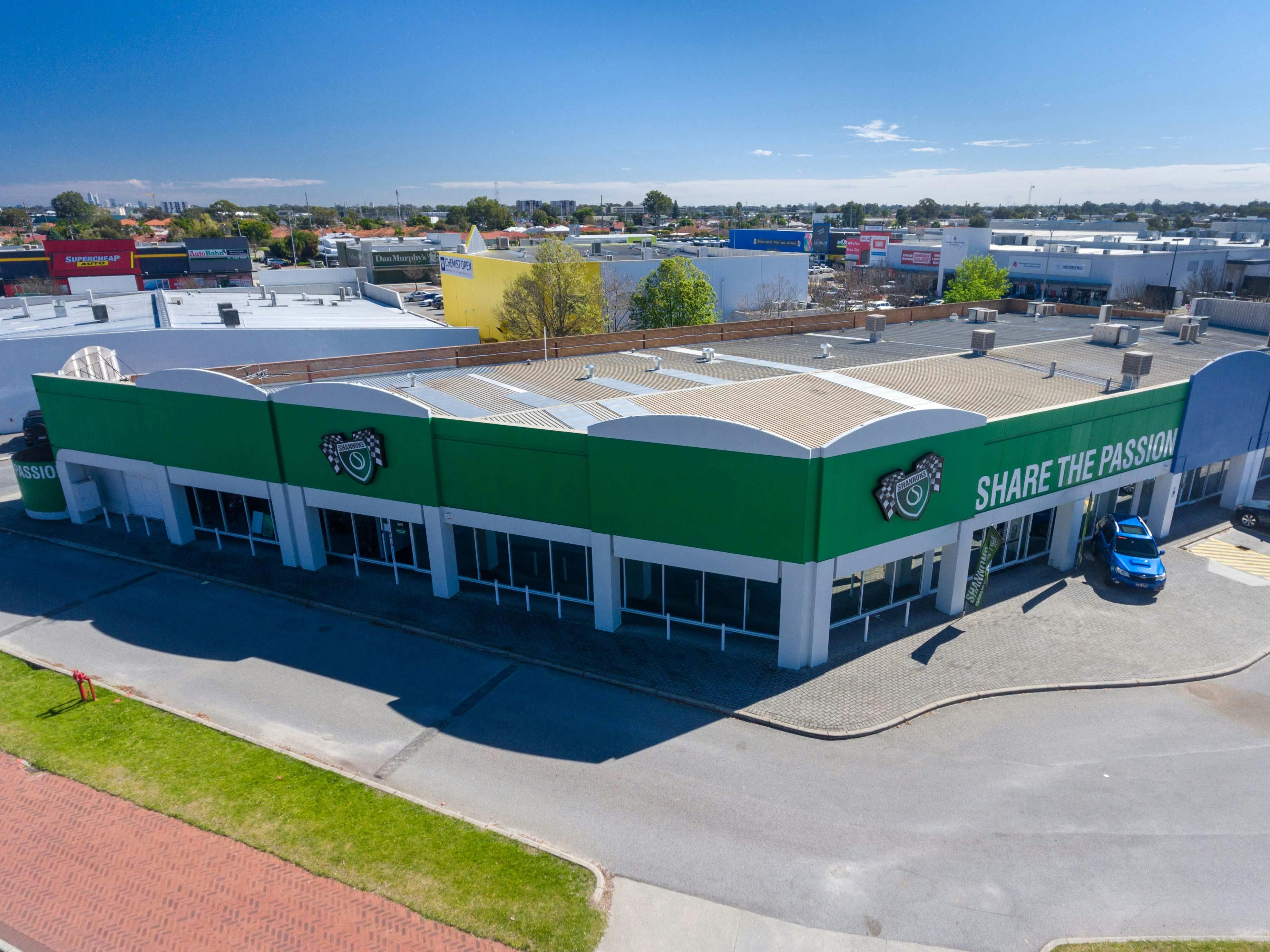Commercial
Single tenant versus multi-tenanted commercial properties
Published
01 October, 2019

A common debate we hear in commercial property circles is between investing in a single tenant property versus a multi tenanted property. Whether the simplicity of one lease agreement is better than the safety of multiple has many of our investors divided.
Tenants are the lifeblood of a commercial property, so it’s no surprise there are usually two opposing sides. We’ll dive into the pros and cons between investing in either a single tenanted or multi tenanted commercial property to see if we can find a clear winner (spoiler: there isn’t one).
Single-tenanted commercial properties
Investing in a commercial property with one lease agreement has a few positives. Especially if you’re looking to cut costs and reduce time on property management.
Simplicity
You’ll find it easier to manage one single lease. It’s convenient for rent collection, monitoring rental escalation dates and attending to maintenance requests.
It’s also simple to manage a single lease renewal. Lease negotiations can be time consuming and complicated, so doing this only once every few years can be a huge benefit to reduce time, costs and stress.

Ensure your one basket is sturdy before putting all your eggs in it.
One solid tenant
You should make sure their one basket is sturdy before putting all your eggs in it.
If you’ve done your proper due diligence before making a commercial property investment, the property should be occupied by a business with a strong tenant profile. This ensures 100 per cent of the asset’s occupancy is with a dependable and robust tenant.
But there are downsides to a single tenant in your commercial property. What can hamstring the success of a single tenant commercial property is a weak tenant profile or, believe it or not, a tenant that is too strong.
No diversification
Plain and simple. If your one tenant closes or suddenly vacates, you’re in a tough spot.
We saw an investment opportunity where one business leased three properties in three very different locations. While the investment was geographically diversified (and offering a solid 9 per cent yield), its lack of tenant diversity was too much of a concern. If that one tenant proved to be weak and closed, all three assets would be in jeopardy.
‘Over-renting’
A single tenanted property runs the risk of being ‘over-rented’. This is when a tenant has an extremely high profile for a particular property. In effect, the property is punching above its weight.
The downside to ‘over-renting’? Should your one glamorous tenant vacate, there’s a likelihood the next tenant will be much lower quality.
Multi-tenanted commercial properties
Usually, investors favour multi-tenanted commercial properties because of the investment’s reduced perceived risk.
Income diversification
Multiple income streams mean various businesses are working for the success of the asset. Should one tenant suddenly vacate, a premises will have other businesses to rely on for consistent investment cash flow.
In the case of a vacancy, the reduction – but not complete loss – in rent can even be hedged by having a reserve fund. If you’re investing in commercial property, you should see this as a must.
Read 3 reasons commercial property investments need a reserve fund.
Sector diversification
Your tenants will ride economic cycles or trends, but not necessarily at the same time. For example, mining may come off the boil and disrupt performance for a mining business. But that business may share a partition with an accounting firm that’s looking to grow its operation.
Multi-tenanted commercial properties benefit from this sector diversification, because an underperforming tenant could be hedged by an outperforming one.

Diversification is a huge tick in the box of multi-tenanted properties.
But the benefit of a diversified mix of tenants comes with extra management hours and costs.
Management costs and efforts
More tenants equals more site inspections. Property managers charge for these visits, so expenses to manage the multi-tenanted property are likely to be much higher than a single-tenanted premises.
Higher ‘churn’
In a commercial property with several tenancies, there’s always going to be a lease that is close to renewal. We call this churn. Whether the next expiry is one year or two years away, there’s a greater likelihood investors will regularly be checking tenancy schedules and dealing with lease negotiations.
Loss of an anchor tenant
Some multi-tenanted properties don’t escape the danger of relying on a single tenant for their income. If an anchor tenant vacates, they may take with them a large portion of rental income.
Retail properties will not only see drastic rental income loss should their anchor tenant vacate, but a large drop in foot traffic for the entire premises. If most visitors head to a shopping centre to shop at Woolworths, the surrounding stores will be punished if the supermarket vacates.
Which is better – single or multi-tenanted properties?
At the end of the day, both single and multi-tenanted property investments can see success. It’s down to managing risk and knowing how to perform a solid due diligence.
If occupied by a single tenant, understand who is that tenant? How likely are they to find alternate premises as a single occupant?
And what’s their risk of defaulting or closing? For example, a government department occupying an office property on a 10-year lease is as close an investor will see to nil risk of default.
If you invest in a multi-tenanted property, you should be strategic and actively manage your property’s tenants and lease agreements.
Success with any property can be easiest when professionals are handling your investment. Investing in a commercial property syndicate means lease negotiations, property management, due diligence and tenant profiling are all taken care of for you.
For more information on how to invest alongside a leading commercial property investment syndicate, get in touch with Properties & Pathways today.



